Thornhill
The company of Thornhill can be traced back to a cutler named Joseph Gibbs in 1734, based at 137 Bond Street in London. By 1772, the business was in the hands of his son, James Gibbs, and in 1800, was renamed as Gibbs & Lewis. By 1805, the business was being run by John James Thornhill and John Morley, under the name of Morley & Thornhill. They moved to 144 New Bond Street, London in 1810. This partnership was dissolved in 1823 and the business was renamed as John James Thornhill & Co, remaining at the same address. Thornhill acquired the royal warrants of appointment to Queen Victoria, the Prince and Princess of Wales as well as other members of the royal family.
John James Thornhill died in 1848 whereby his son, Walter, took over the business, to be known as Walter Thornhill, shortly after. Walter broadened their area of expertise as cutlers and silversmiths by moving into the manufacture of dressing cases, writing boxes, desks and other luxury pieces. He soon built up a great reputation for the quality of his work, winning a prize medal at the Great Exhibition of 1851, the International Exposition of 1855 in Paris, the International Exhibition of 1862 and then multiple medals at the International Exposition of 1878 in Paris.
Around 1859, he was also trading from 42 Cornhill, London along side John Farthing, as Farthing & Thornhill. By 1875 Walter’s main business was known as Walter Thornhill & Co, to incorporate his son, Hubert Thornhill, and Albert Barker. Their premises expanded to 145 New Bond Street in 1878. Albert Barker left the business in 1885, and by 1895, it became a limited liability company, opening a new premises at 9 High Street, Kensington, London.
Though the business was wound up in 1905, it remained trading under the name of W. Thornhill & Co. until 1912.

Walter Thornhill engraved manufacturer’s plate.

Thornhill & Co. engraved brass manufacturer’s and retailer’s plate.
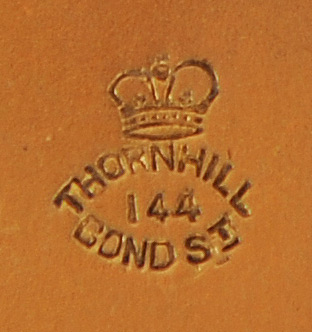
Thornhill manufacturer/ retailer stamp on the underside of a silver-gilt vanity jar lid.
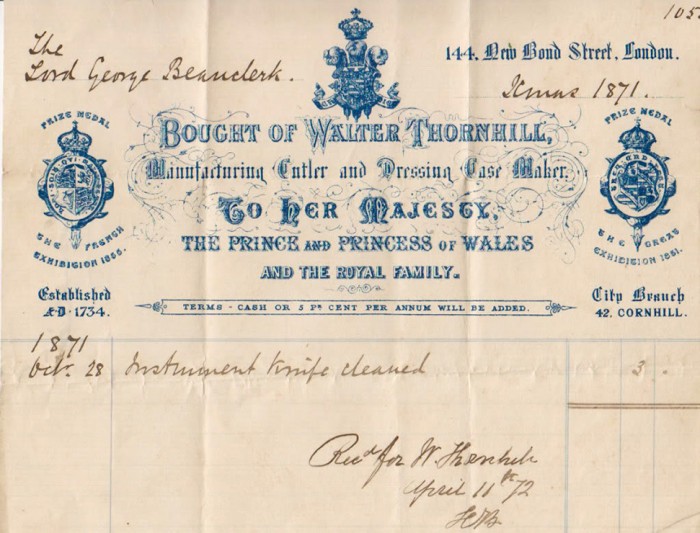
An invoice from Walter Thornhill – 144 Bond Street, London.
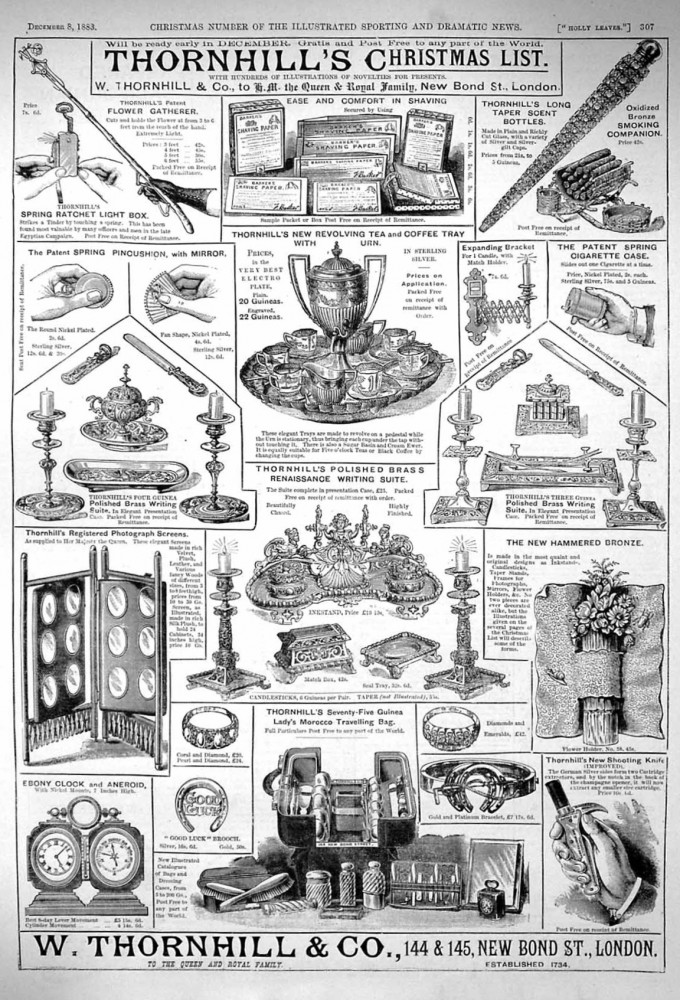
Walter Thornhill & Co advert from 1883.
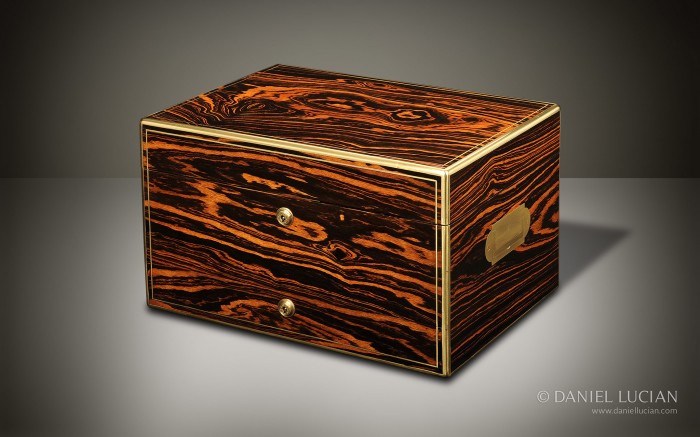
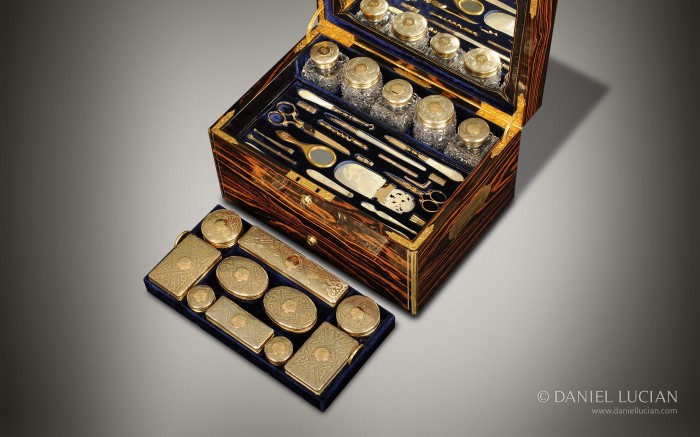
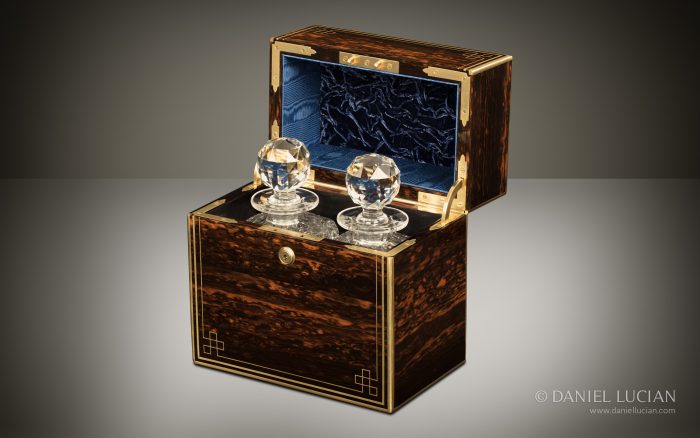
 Price On Application
Price On Application